This month is Mental Health Awareness Month and it’s the perfect time to gain a better understanding of invisible disabilities and how to best support the children who live with them. When we think of disabilities, we often picture things we can see—like a child using a wheelchair, someone walking with a cane or wearing a hearing aid. But the truth is, not all disabilities are visible.
According to the Americans with Disabilities Act (ADA), a disability is “ a physical or mental impairment that substantially limits one or more major life activities.” That means children with mental health and behavioral health conditions like ADHD, autism, dyslexia or anxiety—to name a few—are living with real challenges, even if you can’t always see them.
What are invisible disabilities?
Invisible disabilities are conditions that can seriously affect a child’s ability to learn, interact with others and get through daily life. The problem is that because these challenges aren’t obvious, people often misunderstand them. Some of the most common mental health-related disabilities in children are:
- Anxiety disorders
- Depression
- Obsessive compulsive disorder
- Attention-Deficit/Hyperactivity Disorder (ADHD)
- Autism
- Post-Traumatic Stress Disorder (PTSD)
- Sensory Processing Disorder (SPD)
- Eating disorders
Learning disabilities like dyslexia and dyscalculia (a learning disorder that affects a person’s ability to understand number-based information and math) can also lead to mental health issues like anxiety and low self-esteem.
Parents hear comments all the time like, “But they don’t loo
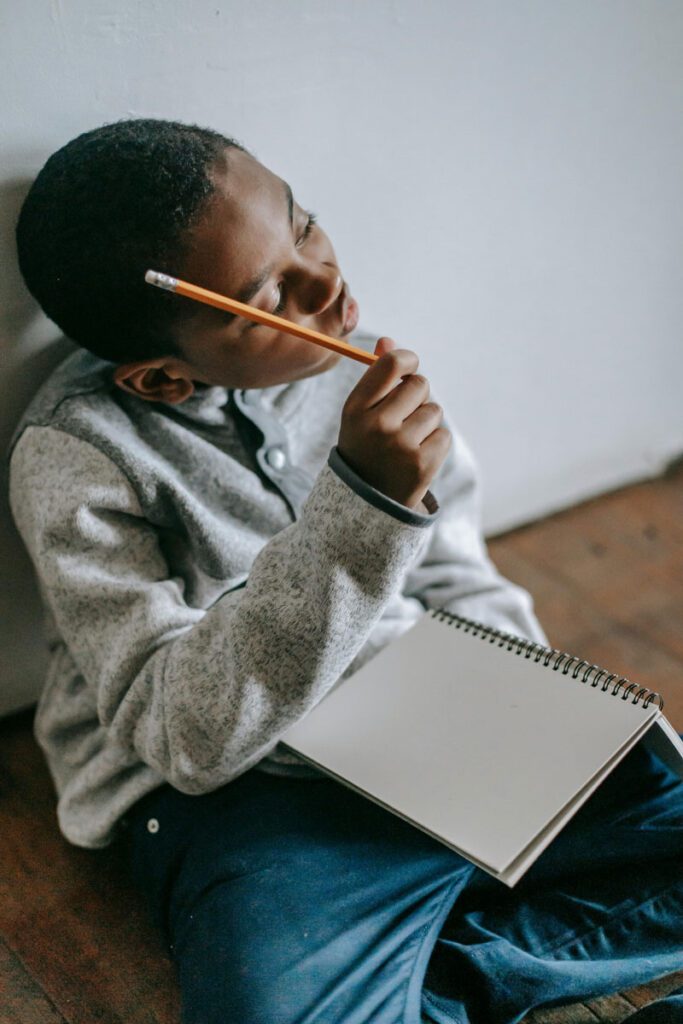
Children with invisible disabilities might have a hard time keeping up in class because of focus issues, fatigue or how their brain processes information. Getting accommodations like extra time on tests or breaks when things get overwhelming can help them succeed. Photo by Katerina Holmes.
k sick,” or “They’re just being dramatic,” or even, “They just need to try harder.” I can’t tell you how many times I’ve heard “She doesn’t look autistic” about my daughter.
Statements like that can be frustrating because they downplay the very real struggles these children and their families face every day. Invisible doesn’t mean imaginary; the more we talk about these mental health conditions, the more understanding and support we can build for these kids and their families.
How mental health challenges can impact kids daily
Invisible disabilities show up in different ways, and when it comes to mental health, the impact on a child’s daily life can be huge. Conditions like anxiety, depression and OCD can affect how a child feels, thinks and functions from day to day. They might seem withdrawn, overly worried or have trouble concentrating, which can lead to many misunderstandings.
People might assume they’re being lazy, dramatic or defiant when they’re really dealing with internal struggles that take a serious toll. Unlike a broken arm or a physical illness, mental health challenges aren’t always obvious—but that doesn’t make them any less real. And because these struggles are so easy to overlook, many children don’t get the support they need.
The challenges of living with an invisible disability
Kids with invisible disabilities deal with way more than just their symptoms. In the classroom, they might have a hard time keeping up because of focus issues, fatigue or how their brain processes information. Getting accommodations like extra time on tests or breaks when things get overwhelming can sometimes be tough, depending on the school a child attends.
Social situations can be tricky, too. Some children miss social cues and end up in awkward situations, while others avoid hanging out with peers altogether because it feels too overwhelming. Bullying and exclusion are common occurrences for children with disabilities. Many children with invisible disabilities “mask” (try to act “normal”) while at school or out in the community and this can be very mentally draining. Over time, all that pressure can lead to burnout, anxiety or depression—especially when they don’t feel seen or understood.
How to support kids with invisible disabilities
Supporting a child with an invisible disability starts with being their biggest advocate. At school that might means working with teachers to set up an IEP or 504 Plan to ensure your child gets the support they need. It’s also a great idea to help your child learn to speak up for themselves. Teaching them to recognize what they need and how to ask for it builds confidence and independence.
At home, having a consistent routine can make a big difference. Predictability helps ease anxiety and makes things feel a little more manageable. Even small changes—like visual schedules, quiet spaces to recharge or gentle reminders—can go a long way. Most importantly, always listen. Let your child know their feelings are valid and remind them they’re never alone. With the right support at school and at home, they really can thrive.
Posted in: Uniquely Us
Comment Policy: All viewpoints are welcome, but comments should remain relevant. Personal attacks, profanity, and aggressive behavior are not allowed. No spam, advertising, or promoting of products/services. Please, only use your real name and limit the amount of links submitted in your comment.
You Might Also Like...
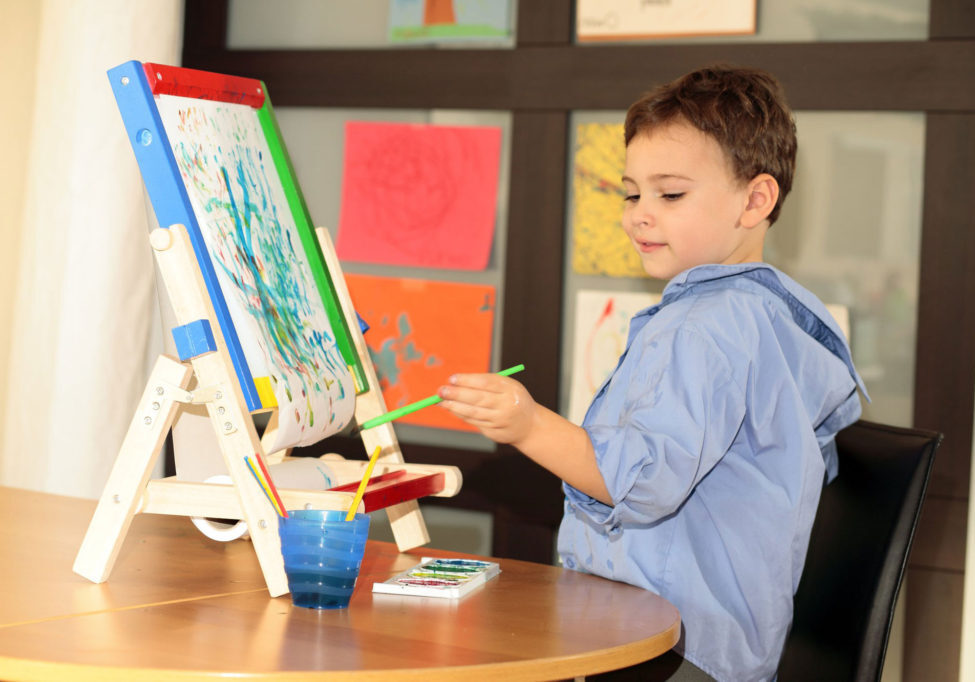
Art Therapy – A Healthy, Creative Outlet for Kids with Special Needs
Art has been used for decades as an outlet to provide relief from stress and anxiety for people of all ages and abilities. It has also been shown to improve […]
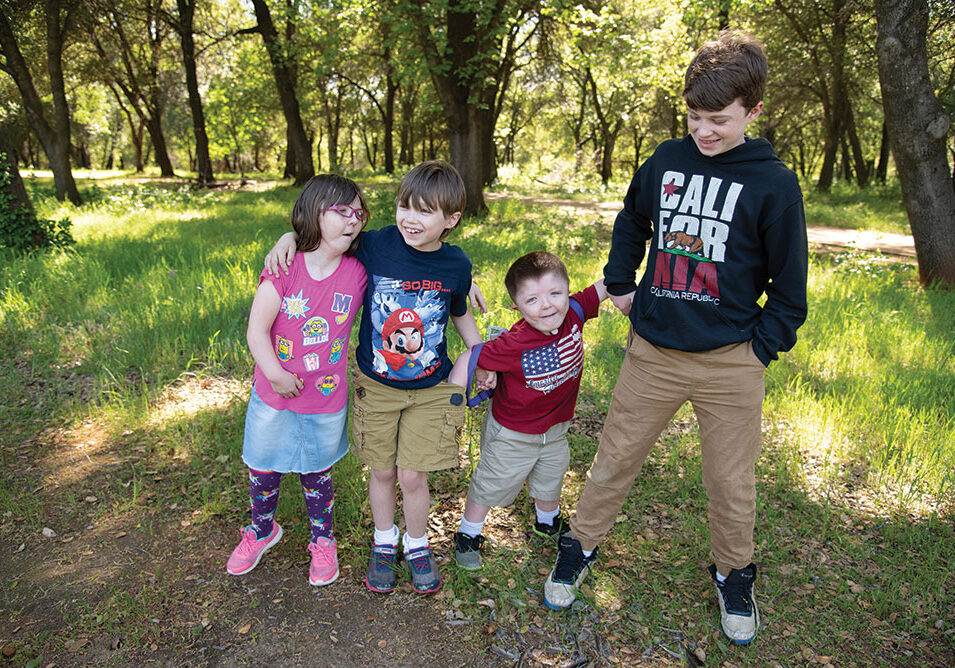
Eloping and Autism – Uniquely Us
The Other Eloping … There is a term that many parents of special needs children are familiar with. It means to wander off, bolt, escape, or run away. This behavior […]
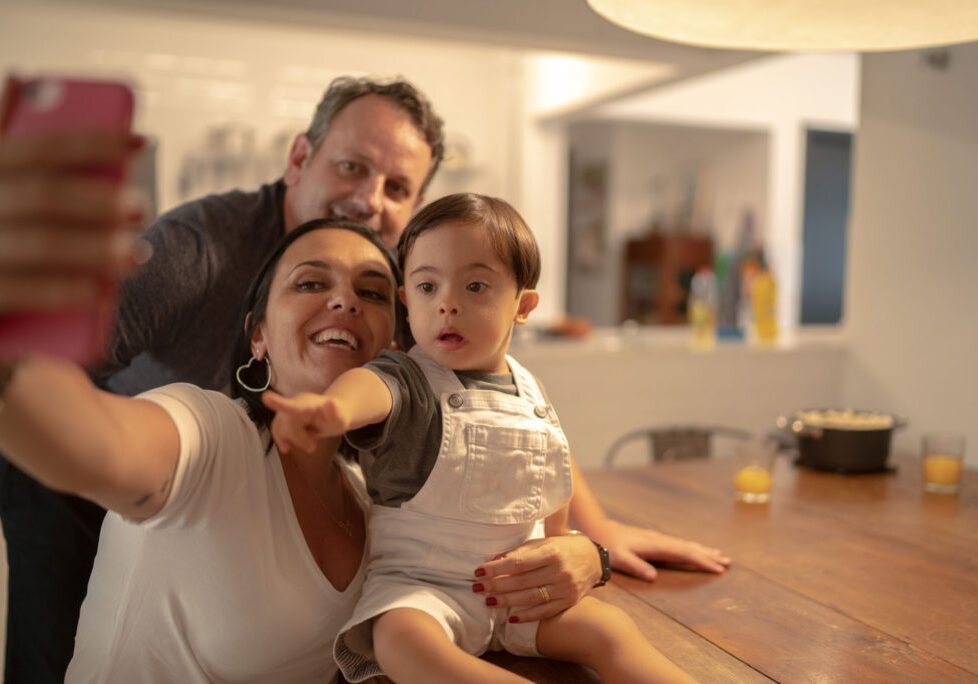
Strengthen Your Relationship When Raising a Child with Special Needs
Raising a child with special needs is equally difficult and rewarding. The daily challenges of parenting a child with special needs can be taxing, leaving parents feeling physically, emotionally, and […]
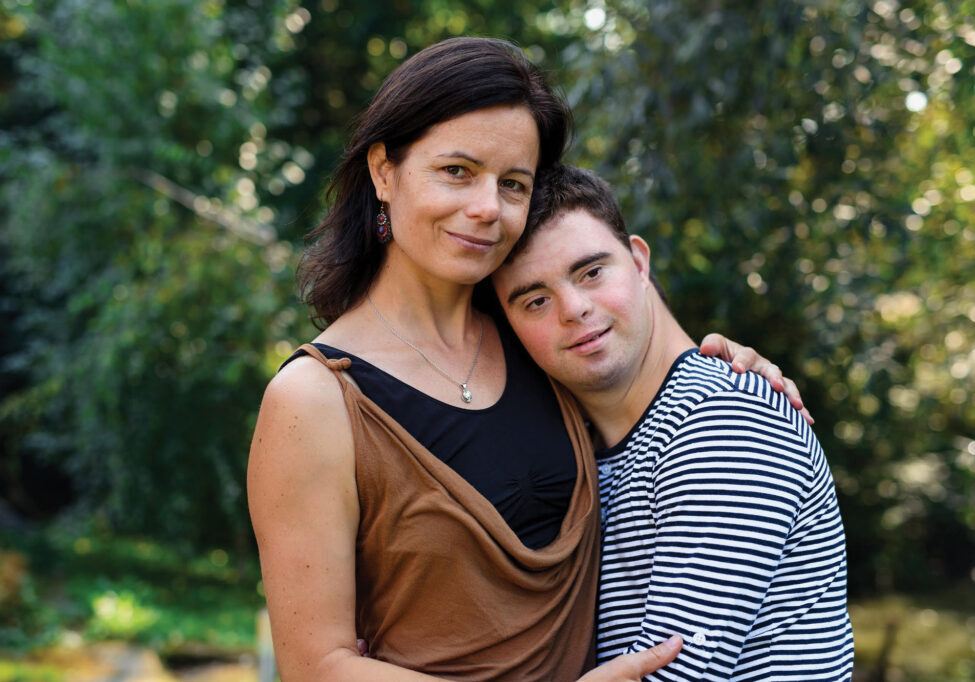
Integrity Document Services Makes The Conservatorship Process Easier for Families
For parents, experiencing their kids transitioning into adulthood comes with many emotions. For families of children with special needs, the experience is no less bittersweet but comes with its own […]





